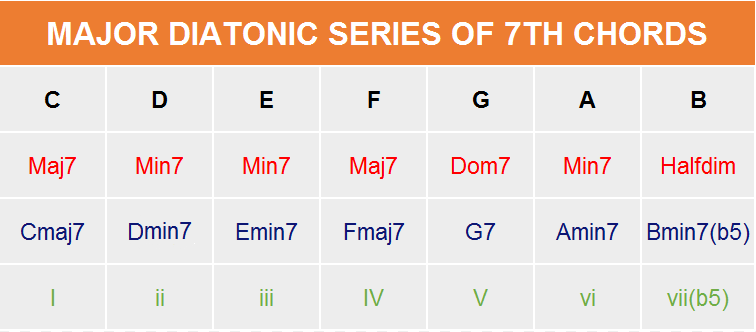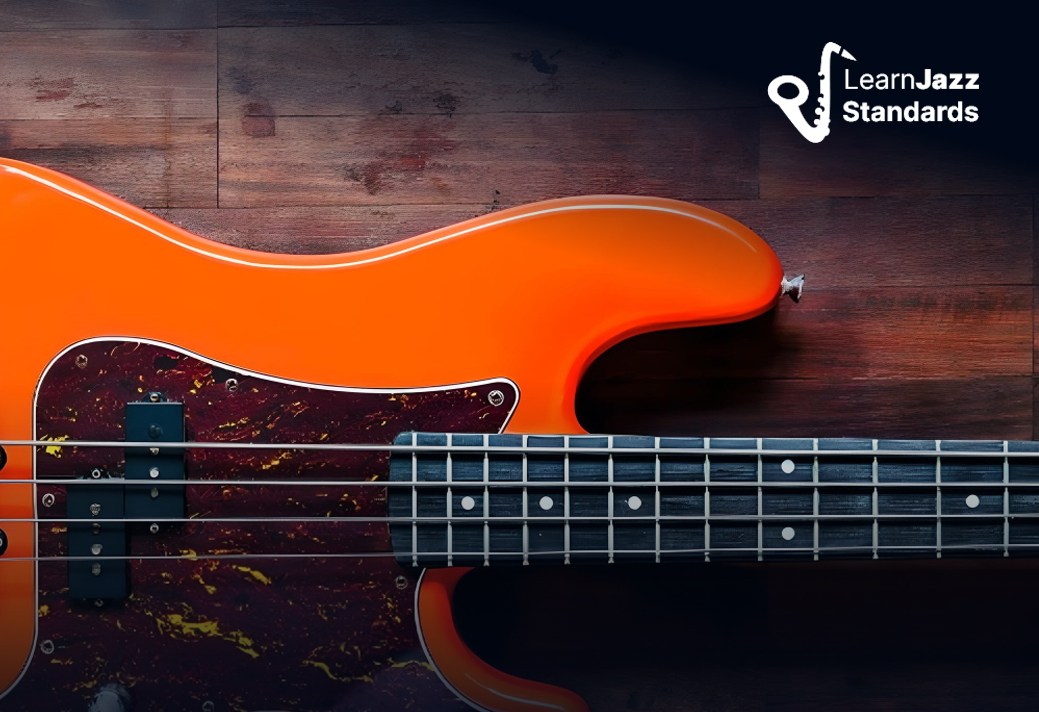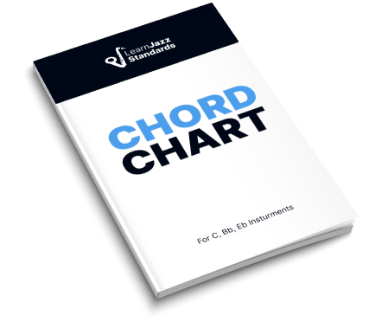Something important for all musicians (especially in jazz) to understand is that you can take any scale and harmonize it with chords. This is done by identifying the notes of a scale and then building chords off of them that contain only notes from that scale.
You can do this using triads and you can do this using 7th chords. Today we’ll cover harmonizing a major scale with 7th chords.
Why is this important?
-
It helps us understand how chord progressions work. In jazz standards, we see a lot of moving harmony going on. Think about ii-V-I’s and I-Vi-ii-V-I’s. It’s important to understand how we come up with these chord progressions.
-
It helps us identify how chords can be related by a consonant scale. What does a Dbmaj7 and an Ab7 have in common? In a diatonic situation they share the same parent scale and key center.
-
It helps us become better composers. Understanding how diatonic chord progressions are formed is a very important cornerstone to have if you want to write your own music.
First off, what do I mean by diatonic? The textbook definition is: involving only notes proper to the prevailing key without chromatic alteration. So for our example today, we are going to keep it simple and use the C major scale.
This means that the 7th chords we use will only be constructed by the notes in the C major scale.
Just as a refresher and a visual, take a look at the C major scale:
So now on top of each of these notes we are going to build 7th chords. But before we do that, let’s take a look at this chart called the Major Diatonic Series of 7th Chords.

The fourth line includes roman numerals to number each scale tone, the upper-case numerals representing major or dominant chords, and the lower-case numerals representing minor chords.
From this chart, it is easy to start deriving different kinds of chord progressions. For example: what is a ii-V-I in the key of C major? Simply go down to your roman numerals and identify which chord represents the ii, V, and I.
You’ll discover that a ii-V-I in C major is: Dmin7-G7-Cmaj7. Spell out any major scale, and you can do the exact same thing.
At this point you may still be wondering: But how do you know what quality of chord is created from each scale tone? How did you figure it out?
That’s a fair question, and the answer can come a few different ways. First of all, you have to understand how to construct the different qualities of 7th chords. Perhaps you do or don’t know this already, either way here is a refresher:
7th chord formulas:
Major 7: Root-3rd-5th-7th
Dominant 7: Root-3rd-5th-b7
Minor 7: Root-b3-5th-b7
Half diminished: Root-b3-b5-b7
Diminished 7: Root-b3-b5-bb7
Now, you could just memorize the Major Diatonic Series of 7th Chords chart I showed you, but if you are anything like me, you want some proof. If you understand how to construct your 7th chords, this should make it clear with a little more explanation.
If music theory has always seemed confusing to you and you wish someone would make it feel simple, our free guide will help you unlock jazz theory secrets.BEFORE YOU CONTINUE...

Let’s take a look at the C major scale harmonized with 7th chords first and then analyze:
These are what we call closed position voicings, meaning each chord tone is voiced as closely as possible to each other (stacked on top). Know that you can take any voicing (Drop 2, Drop 3) or any inversion and harmonize the scale as well.
How did I come up with these spellings? There are two ways you can think about this, and the first one is easiest. Remember, that we started with just the plain C major scale:
The first way is to simply build the scale starting from the first chord.
First I start with the first note C. We know this is a C major scale so the root note C must have a major 7 chord built off of it. What is the formula for a major 7 chord: Root-3rd-5th-7th. So then I ask, what is the major 3rd of a C major scale? E is the major third.
So now I stack the E on top of the C, and now I’m going to run the scale starting from E (E-F-G-A-B-C-D-E).
Of course what do you do next? Go back to the first “chord” and stack the 5th on top of the 3rd. What is the 5th of a Cmaj7? G is the 5th. Now run the scale starting on G (G-A-B-C-D-E-F-G). Now we have created triads:
Lastly, go back to the C triad and stack the major 7th on top (B), building the scale from there.
If you go through each one of these chords and spell out the intervals, you will discover that the quality of each chord matches with the Major Diatonic Series of 7th Chords chart. Pretty cool right?
The second way, involves going through each chord individually. Essentially, you know the C is going to be a Cmaj7. The rest of the chords are what’s in question. So you look at the D and ask yourself what is a 3rd above D that shares a note from the C major scale? Is it a major third? No because that would be F#. Therefore it must be a minor third which would be F.
So at this point you know it is either a minor 7 chord, a half diminished chord, or a diminished 7 chord. So you ask yourself what the 5th interval is from D. It’s an A. Is an A in the C major scale? Yes it is. Now you know the 5th is not flatted so that rules out it being half diminished or diminished. It must be a Dmin7 chord.
You can go through this process on each chord to figure it out. I would suggest going through one of these processes to discover it for yourself, but ultimately memorize the Major Diatonic Series of 7th Chords chart.
When we learn how to harmonize scales with 7th chords, not only can we start to understand harmony better, we can start to learn how to improvise over chords in a diatonic tonal center.














